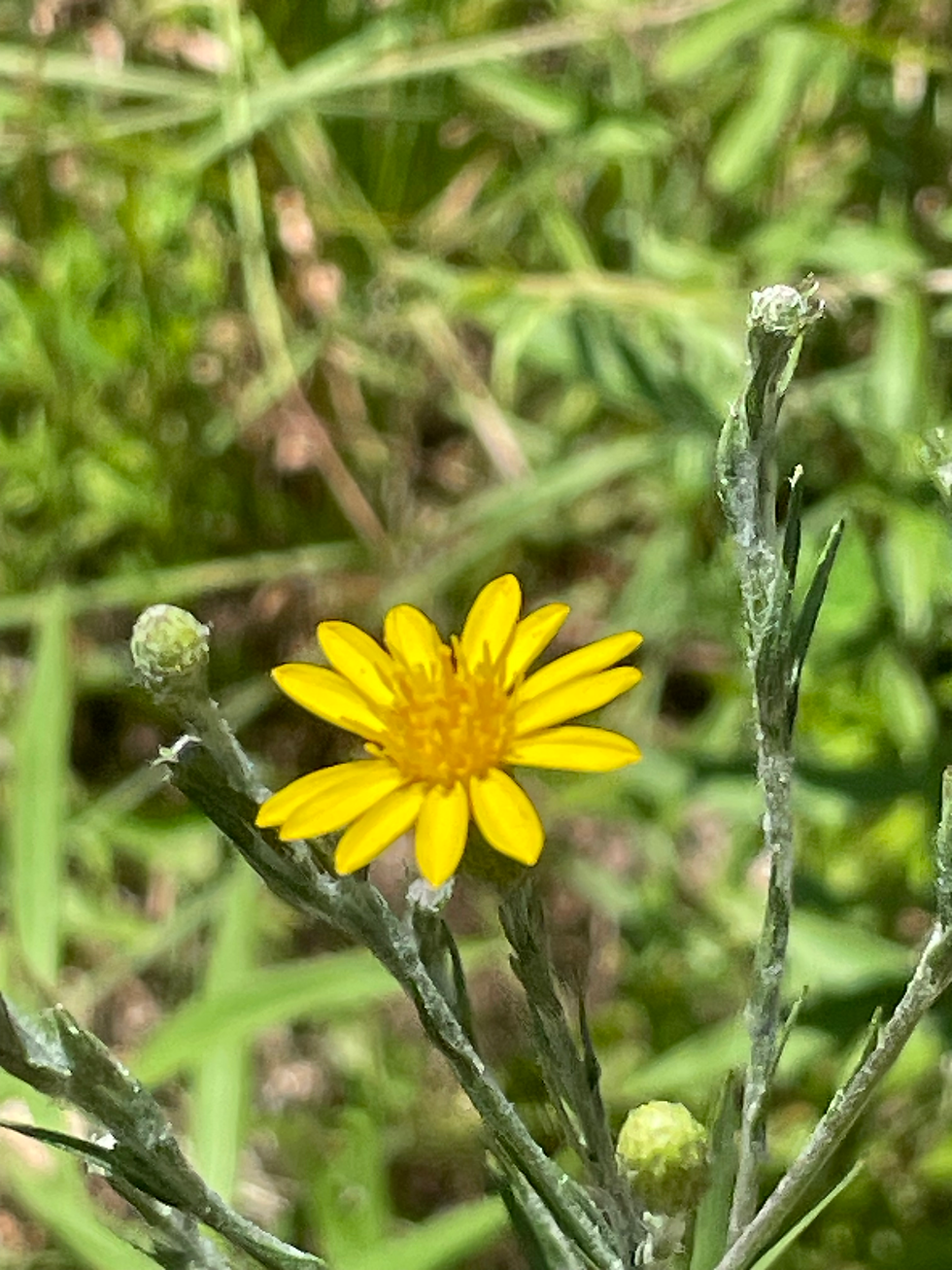A Dam Party
- Barbara Collier

- Jul 21
- 4 min read
Updated: Jul 24

The beauty of Lake Tamarack at the dam provides Bent Tree residents a glimpse of Georgia's breathtaking natural landscape. From the serene, cascading waterfalls, to the swirling currents of the flowing streams, to the lake itself and pools of fresh water we find peace within nature's glory.
The Bent Tree dam is not only a picture-perfect landscape, though. It is a community responsibility of the most serious undertaking. Rated Category 1 by Safe Dams of Georgia, there are rules and regulations to protect Jasper from its failure. As one of the few open sunny spots, the dam area has great opportunity for the essential habitat diversity Bent Tree needs. As the forest has matured and the canopy closed over a ground with a suppressive layer of leaf litter, open sunny areas and the habitat it could support is sorely lacking.
Habitat Loss happens every day. When a pair of sparrows lose the shrubby nesting area-that is habitat loss. Where a butterfly cannot lay her eggs for lack of host plants for her caterpillars, that is habitat loss. When invasive plants shade out the native plants that should be available for deer and bear browse, that is habitat loss. Little losses compound over time and lead to declines in populations. For every native plant potted, seeds sown, or grasses just given a little space to grow that habitat can be regained. Nature is resilient and prospers with the resources in place that are needed.
The Safe Dam vegetation restrictions significantly limit what can be grown, so what we grow matters*, and it needs to be very intentional. BTCI Operations is charged with ensuring the dam adheres to all Safe Dam rules, which limit the vegetation allowed on the dam. BTCI allows Lake and Wildlife/ Habitat Conservation to maintain habitat 'along the edges' to support generations of pollinators, songbirds, and browse for white tailed deer. Each natural habitat area needs to make the largest contribution possible. It might sound easy but here are some of the challenges:
1) we normally don't purchase the majority of native plants in mass locally due to the mainstream nurseries being focused on hybrids, so we make a 3 hour round trip to purchase original plant species that contain the DNA that pollinators best recognize
2) what is planted needs to be pesticide free or the whole effort is counter-productive,
3) seeds from Roundstone Native Seed in Kentucky are high quality, BUT, some (not all) take two years to mature (talk about patient gardening!)
4) keystone plants are top priority- they make the biggest contribution.
Those considerations are just the beginning. As you can see, with BTCI compliance to GA Safe Dams requirements and with all of the best practices, it can be a serious undertaking to provide quality pollinator and bird habitat. But, with visible leaps and rewards it is an undertaking worth every minute invested.

Goldenrods, Asters, and native grasses grow naturally in Bent Tree but are often the examples of incremental habitat loss that go unnoticed every day. Sometimes considered 'weeds', they are often removed before a bloom can appear or only allowed to bloom for a few weeks before mowers, 'weed' trimmers, or a suppressive layer of mulch come along to 'tidy things up'. So where should these powerhouse natives bloom, where are they "allowed"? Songbirds and the insects their nestlings need for them to survive, they need LOTS of insects. So, where are these VIPs (Very Important Plants) given the opportunity to contribute? Lake and Wildlife/Habitat Conservation has efforts throughout our beautiful community to help wildlife by establishing these VIP Plants.

Last year, after the bat house was installed, we walked the area there at our dam. Looking at the dry, baked earth that we had to work with it seemed almost futile. It was late summer-the area only had rocks, the hard dirt, and nothing growing to even hope for. No sign of life for 20 yards. We dug through the dry earth with our steel rakes (1/4 of an inch) and started a seed mix of grasses, goldenrods, asters, and coneflowers. It was seeming so hopeless that we joked we would throw a party if the coneflowers grow. Well, this summer, we now have our Keystone Goldenrods and Asters, and next summer (they take 2 years to grow) I do believe we may have our dam party among the coneflowers. Those 20 yards have now come back to life and have the grasshoppers hopping, the pollinators pollinating, and the flowers growing. White tailed deer have more potential forage, finding highly nutritious plants among the choices.
Nature does not demand, but it rewards when allowed to prosper. A single native plant on every Bent Tree porch or deck would help the pollinators and songbirds exponentially. If we do this as a community, we can all experience not just the picture-perfect beauty of living alongside nature, but a living concert from our songbirds with splashes of fluttering butterfly wings around our homes. Native plants are living gardens that provide for the future generations of our smallest at risk songbird and pollinator populations.
*"What we grow matters." Not in a picture-perfect sense (even though those that know me know that I do love to take pics of my flowers!) but it matters to the present and future health of wildlife. Have you grown the "wrong" plants? Did you use pesticides? Did every plant you ever tried to grow look sad at the attempt? It doesn't matter where you are in your journey of discovering living in our WUI- Wildland Urban Interface, if you would like to support the Habitat Conservation efforts of Bent Tree Lake and Wildlife don't hesitate to reach email benttreelw@gmail.com with any questions, and start a new journey with your very own living garden.



Comments